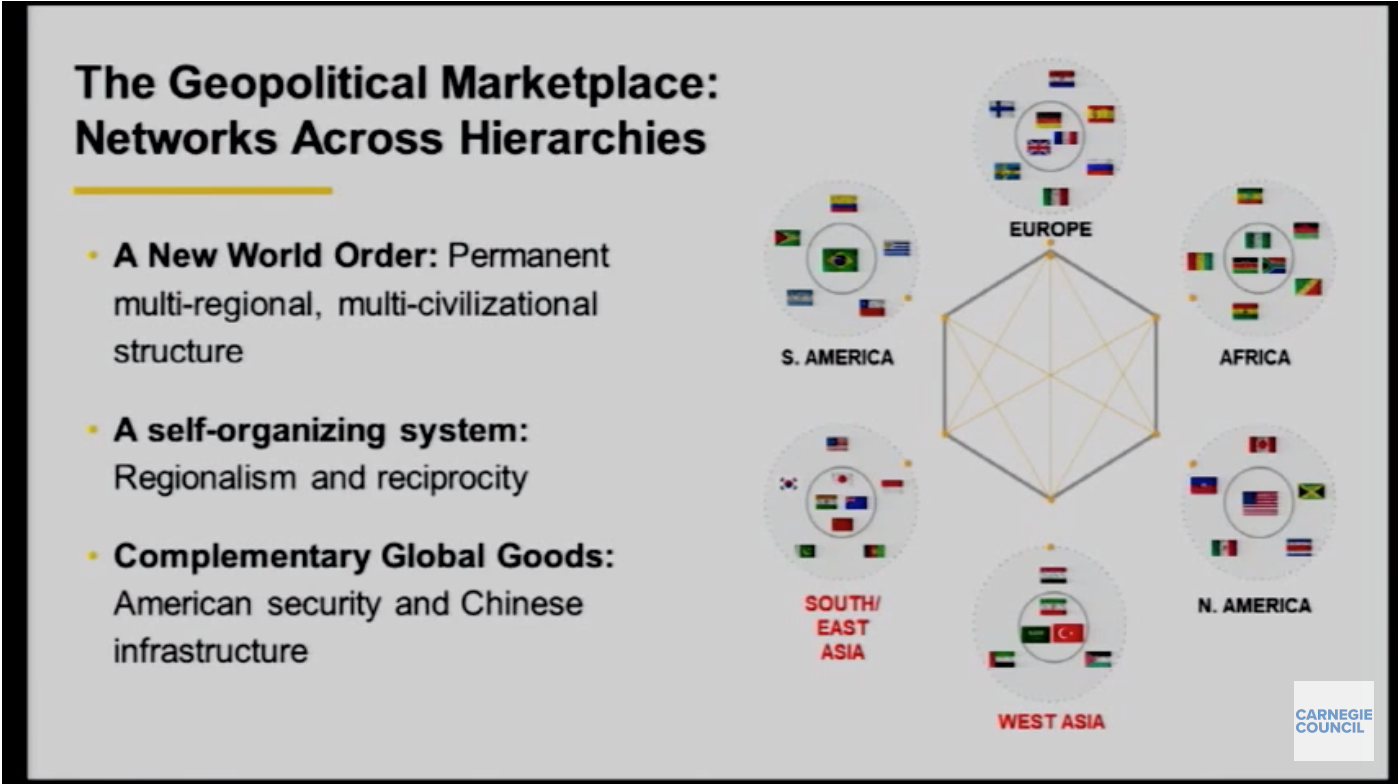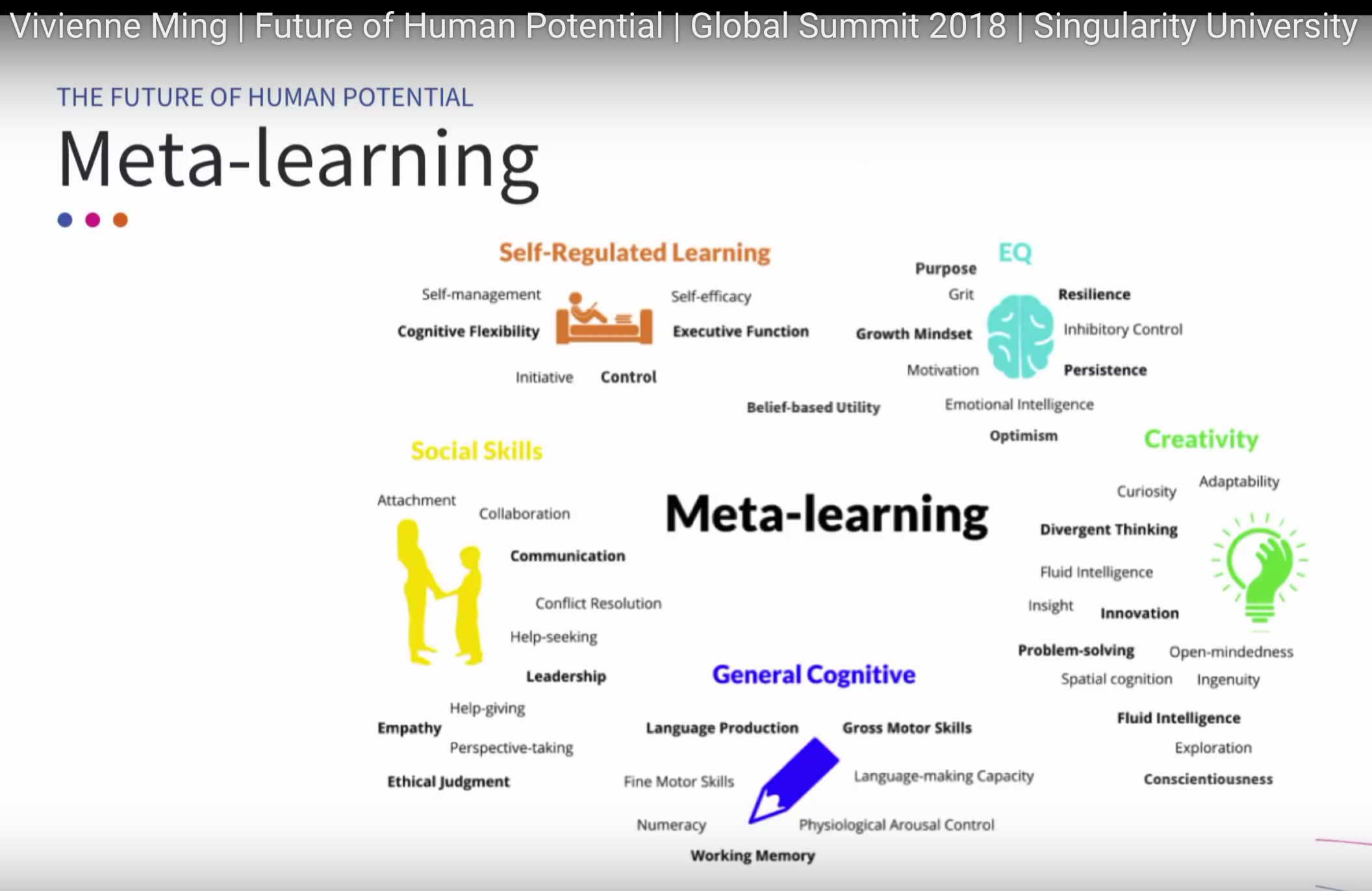Google has recently announced its intent to invest Rs 75,000 Crores ($10 Billion USD) in India over the next 5-7 years (Ref: Google blog, July 2020. https://blog.google/inside-google/company-announcements/investing-in-indias-digital-future/). A big investment commitment such as this is viewed as a positive development by many but there are important underlying issues which are what we explain in this article.
In his announcement, Google CEO Sundar Pichai expressed his passion for working alongside the Indian government to build India’s “digital future”. He added a personal touch to the announcement by referring to cherished moments when he was growing up in India. For example, he pointed to his grandmother’s habit of haggling during grocery shopping and to the “sare jehan se accha” song which he enjoyed watching on the Doordarshan tv channel every day.
In this context, it is worth noting that above all else, Pichai’s job is to deliver great returns for Google shareholders and to promote the interests of his adopted country, the USA, and not India’s. Google’s mission is to “organize the world’s information and make it universally accessible and useful”. While fulfilling its mission, Google gathered personal data of all of its users both with and without their knowledge (Ref: Jeff Nesbit, Google’s true origin, Dec 2017. https://qz.com/1145669/googles-true-origin-partly-lies-in-cia-and-nsa-research-grants-for-mass-surveillance/), and has propelled itself to become a $1 Trillion company.
Basic Math of the Investment
Currently, there are 56 Crores internet users in India (Ref: Economic Times, Dec 2019. https://economictimes.indiatimes.com/tech/hardware/overall-india-handset-market-growth-to-fall-in-2020/articleshow/72950192.cms). The Rs 75,000 Crores that Google intends to invest over the next 7 years translates to an annual spend of Rs 190 for each user. On the mobile front, India has 45 Crores smartphone users and 55 Crores feature phone users. 80% of the feature phone users are expected to transition to a smartphone within 3 years and hence become internet enabled.
Per Jacques Seguela, Founder of Havas Group, the value per year of an individual’s data is €2,000 which is about Rs 1.7 Lakhs (Ref: WION TV, March 2019. https://youtu.be/-Fe-0E0EcQE). This number may be less for Indian users because of their relatively lower income levels. While Google doesn’t capture all of an individual’s data, as the provider of the market dominating Android OS, and of the Search, Maps, YouTube and Chrome apps, they do capture a significant share of the data and hence its monetary value.
Given the monumental user numbers and the promise of seemingly unlimited rewards, Google’s investment couldn’t have been a tough decision to make.
Investment Focus and Implications
Google’s investments will be directed towards building data centres, building products for India which can then be launched all over the world and buying shares in companies of all sizes – large, medium and startups. The notable products that they will build include cheap smartphones for feature phone converts and “AI for social good in areas such as health, education and agriculture”.
Data Centres: Currently, USA’s laws make it challenging for Indian authorities to get access to Indian data that is hosted by USA corporations. These firms are very good at taking data out of other countries’ jurisdiction and moving it to data centres in the USA or to jurisdictions that are under their de facto control. For any data centre that Google builds in India, the Indian government must have the oversight authority to ensure that the privacy of Indian citizens is not violated and to ensure that other countries do not exercise any jurisdiction.
Investments in Companies: Soon after the Google announcement, Reliance announced Google’s investment of Rs 33,737 Crores in Jio with co-development of cheap smartphones running the Android OS as an important area of focus (Ref: Economic Times, July 2020. https://telecom.economictimes.indiatimes.com/news/google-to-approach-cci-for-approval-on-rs-33737-cr-deal-with-jio-platforms/77120110). Both Reliance and the Indian government must ensure technology transfer of both the hardware and software intellectual property (IP) to the Jio team. The Jio team must ensure that there are no backdoors for Google to extract data out of India.
Google also intends to invest in early stage and established startups. This is a mechanism that large MNCs use to build up their acquisition pipeline through which they get access to innovative technologies, talent and customers. However, this is not always good for India because startups that have the potential to become India’s high tech giants never grow to that stage. Hence, it is critical for the Indian government to figure a process for tagging certain startups as critical to national security and hence out of bounds for foreign acquisition.
Artificial Intelligence
AI for Social Good Most users of free software or services have learned the hard lesson that ‘if a vendor offers something for free, then the vendor will figure out a way to monetize user data in an overt or covert manner’. While there might be some good that comes from allowing Google to enter the education, agriculture and health sectors, there are also major risks.
AI for Education has the potential to capture the workings of a student’s mind with extraordinary detail. Google could monetize this data by directing prospective employers to students or whatever else can make them money. India could end up losing even more of its best talent to foreign countries than it already does.
AI for Agriculture will expose India’s farming and food supply chain processes to Google. Google products like search and YouTube are already known to have a bias towards USA’s interests. In a world where countries engage in coopetition (cooperation and competition) at the same time, India’s food supply itself could be a vulnerability on the game board. AI for Health has similar risks.
Google is already known to build behaviour profiles for all of its users (Ref: Shoshana Zuboff, Harvard Professor, Surveillance Capitalism, Dec 2019. https://www.youtube.com/watch?v=hIXhnWUmMvw). Someone other than your close family and friends knowing about your intricate behavioural characteristics is a jarring proposition. Google’s AI for Education, Agriculture and Health will expand this proposition to include your daily essentials like food and health. Hence, the data, the learnings and the AI must all be under full control of Indian entities. This is the only way to protect Indian interests. Since Google’s stated goal is “social good”, it should not have any issues passing on the technology to Indian entities.
Conclusion
The FAANG (Facebook, Amazon, Apple, Netflix, Google) global monopolies have become unstoppable behemoths that swallow everything in their path – companies, startups, business data and user data. MNCs like Walmart and Verizon aren’t far behind. Further, some of these companies use their “investments in India” as an argument for why India should not tax them (Ref: Economic Times, July 2020. http://www.ecoti.in/U9dIUZ42). India’s users and government have to exercise constant vigilance in order to protect Indian data and businesses wherever MNC investments are involved.




